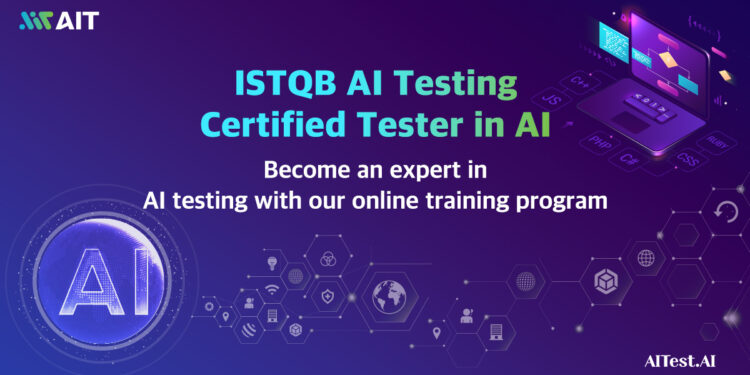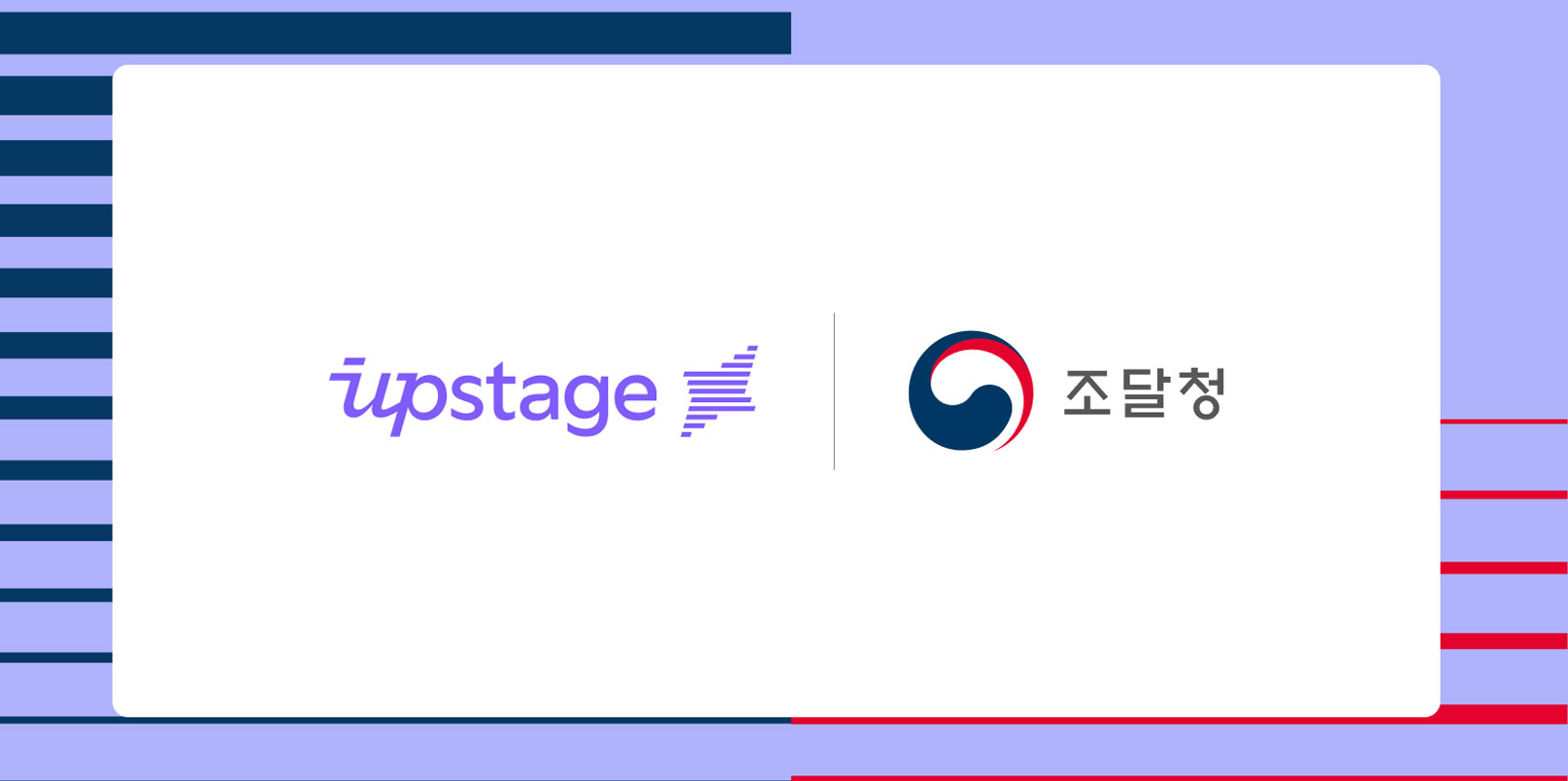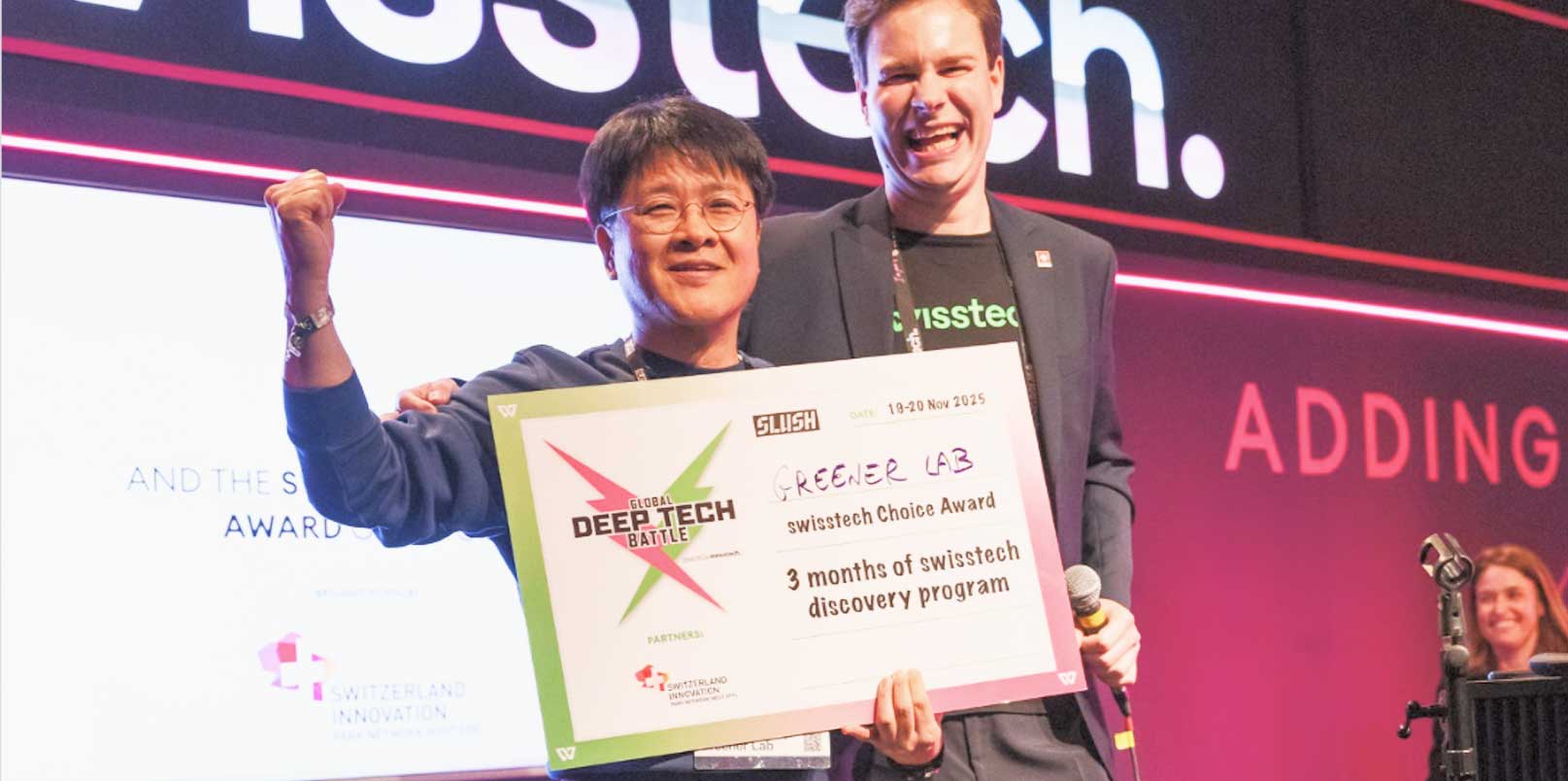As the global AI software market grows rapidly, a need for advanced and reliable AI testing methodologies that can help determine the quality of AI systems for users has started to form. International Software Testing Qualification Board(ISTQB)’s CT-AI syllabus offers reliable and professional AI testing methods for field professionals.
The AI software market is still in the early stages of development, where systems are developed based on open-source algorithms. The quality of these systems is uncertain, and companies can only rely on them to a certain extent. Large tech giants like Google, Amazon, and Meta are constantly dealing with problems such as data bias and ethical issues.
Consequently, a new field of AI testing is developing to address these challenges. Due to the increasing demand for AI expertise, companies are hiring AI experts and software testers to bring their skills and knowledge to AI testing.
The ISTQB CT-AI syllabus introduces a range of AI-based systems used in day-to-day operations. The syllabus covers the functioning of machine learning (ML), which is a crucial component of AI systems. The syllabus shows how the characteristics of AI-based systems make testing more complicated than traditional systems and the need for more complex processes.
The global AI software market size is expected to experience rapid growth, expanding from a recorded $87 billion in 2021 to an estimated $1.597 trillion in 2030. Therefore, future AI software will require more advanced AI testing to increase user reliability, a significant factor in the success or failure of AI systems. (April 19, 2022, Precedence Research).
AI systems are complex systems that rely on the principles of self-learning, autonomy, and probabilistic and non-deterministic models. Test data plays a vital role in AI system performance testing. It is important to consider issues such as preparing test data to test the AI system and preparing data to verify the entire system, including the AI component.
Furthermore, AI systems have unique characteristics that distinguish them from traditional IT software, requiring tailored testing methods. Testing techniques used to cope with these considerations include Pairwise Testing, Back-to-Back Testing, A/B Testing, and Metamorphic Testing. Appropriate testing techniques for each characteristic of the AI system should be selectively applied and performed.
The International Software Testing Qualification Board (ISTQB) has more than 160 member countries worldwide. Test experts from all over the world gather to determine what practical competencies test engineers should have and provide certification programs for evaluation. In response to this fledgling market’s rapid growth and needs, the committee has quickly brought about practical guidelines for AI-based system testing.
“Recently, the number of companies developing AI-based systems has increased rapidly, but companies are still struggling to define performance indicators and measure their performance. Thus, they desperately need guidance,” said Won-il Kwon, CEO of STA Testing Consulting Inc., which operates the Korean branches of the global AI testing platform ‘AITest.AI’ and ISTQB.
“To this end, software testers and companies should start preparing for AI testing as soon as possible through professional learning and training. Learning ISTQB AI Testing, which provides international best practices for software testing of AI-based systems, could be a very good start. We expect that the continued development of AI-testing technology will further accelerate the rapid growth of the AI system market.”






